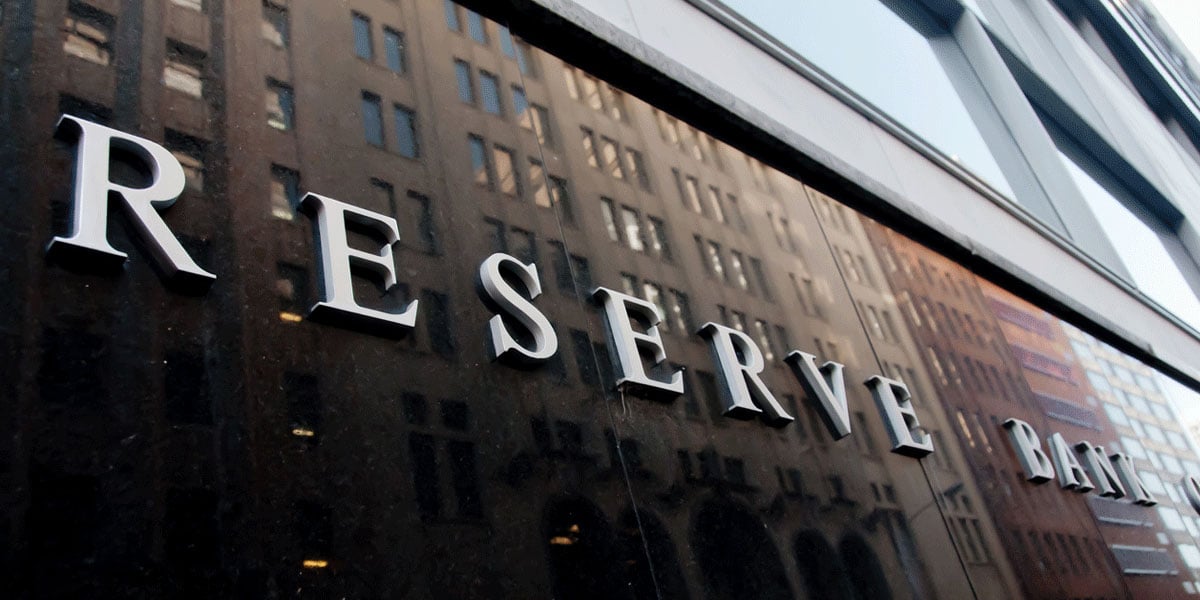Download the PDF

The next move will be a rate cut. But when?
There was a collective sigh of relief from investors and mortgage holders this week following the release of June quarter inflation data from the Australian Bureau of Statistics. While central banks globally are in easing mode, stronger than expected monthly inflation prints for April and May in Australia had led financial markets to price in the chance of the RBA moving against the global trend by tightening policy late into the economic cycle. Prior to the release of the June quarter inflation data, the probability of a rate hike at the August meeting was priced at around 20%. Following the release of the CPI data, the market has priced out any chance of a rate hike by the RBA at next week’s August meeting and instead, has moved to pricing in rate cuts.
In terms of the data, headline inflation printed in line with QIC, market and RBA expectations, at 1.0% for the quarter, which lifted the annual inflation rate to 3.8% in June from 3.6% in March. The shift in market pricing was instead driven by a surprise on the core measure, or Trimmed Mean CPI, which rose by 0.8% in the quarter, compared to market expectations of 1.0% (but close to QIC’s forecast of 0.9%). Unlike headline inflation, the annual trimmed mean rate of inflation fell from 4.0% in March to 3.9% in June. While it was lower than market expectations, the annual core inflation rate was slightly higher than the latest RBA projections from the May Statement on Monetary Policy (SOMP), of 3.8%.
What do the CPI data mean for the RBA? First, we agree with the market that the small miss on core inflation relative to their SOMP forecasts will not be enough to force the RBA to tighten in the near term. Second, we agree with the market’s repricing of the timing for the first RBA rate cut from mid-2025 to late 2024. QIC’s view remains that slowing inflation and a deteriorating labour market in the second half of 2024 should allow the RBA to cut later this year, most likely in November following the September quarter CPI release.
There was little new information in the detail of the June quarter CPI to challenge our forecast. Restrictive monetary policy is having its desired impact of slowing demand and reducing inflationary pressures in interest-sensitive discretionary sectors of the economy, such as holidays, eating out, clothing, furniture and motor vehicles, where inflation has slowed to 2.8%, from a peak of 7.1% at the end of 2022. Meanwhile, inflation in non-discretionary or essential goods and services remains elevated at 4.5%. The problem areas for inflation remain housing, via rents and new home prices, insurance, health and education.
Some slowing was evident in both rents and insurance in the June quarter, but we expect only modest further easing in inflationary pressures going forward in these categories. Prices of health and education are largely administered by the government and linked to inflation. Hence, their prices will lag the slowdown in inflation that we have already seen. The cost of building new homes has been increasing at a stable rate of 5% a year for the last year, with cost pressures shifting from material input costs toward unit labour costs. Unit labour costs have been a source of domestically generated inflation pressures due to rising wage growth coupled with poor productivity.
But things are changing. Wage growth peaked at 4.2% in December last year, and with the unemployment rate trending higher, a more meaningful deceleration is likely over the second half of the year. In fact, by the end of this year, we expect wage growth to slow to 3.5%. Adding further to downward pressure on growth in unit labour costs will be improving rates of productivity.
Labour productivity, which was abysmally weak during the services-led recovery out of COVID, has now stopped falling. After troughing at -5.3% in the year to March 2023, measured labour productivity growth is now marginally positive. As the economy starts to feel the benefits of the government’s fiscal spending, a modest cyclical recovery in productivity is likely. The upshot is an ongoing fall in unit labour cost growth in the second half of 2024, bring it back in line with the RBA’s inflation target.
With the unemployment rate heading toward 4.5% by the end of the year, and inflation continuing its downward trend, we expect the RBA will shift its sole emphasis on fighting inflation and look to preserve employment and economic growth. This will lead the RBA to commence its easing cycle before the end of the year.
